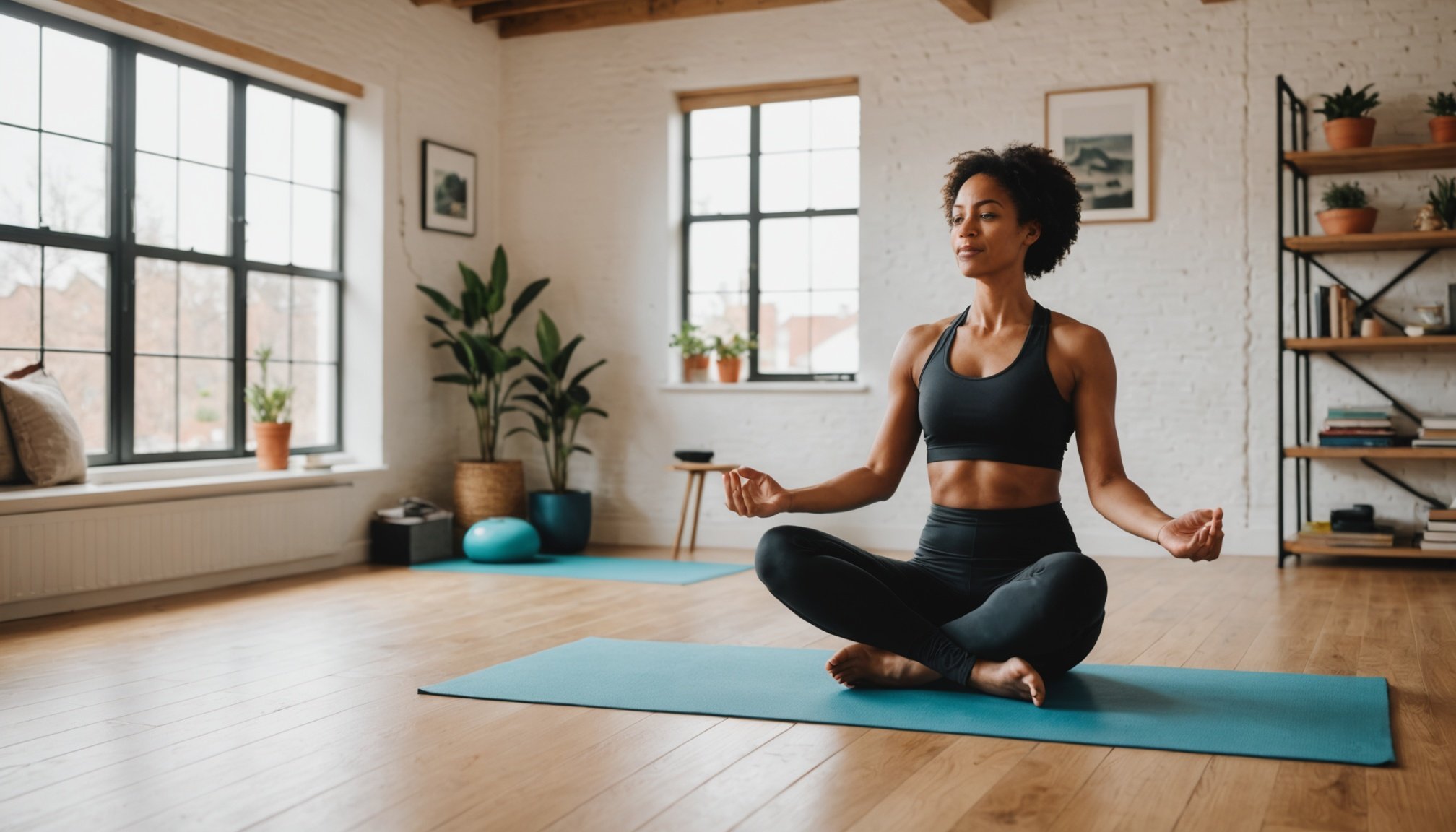Understanding Holistic Wellness
Holistic wellness emphasizes the interdependence of mind, body, and spirit. It acknowledges that true well-being is achieved through a balance across all these aspects. Holistic wellness considers various components, including mental and physical health, emotional stability, and spiritual fulfillment. This approach encourages individuals to engage in practices that nurture every facet of their being.
Components of Holistic Wellness
At its core, holistic wellness fosters a connection between the mind and body. By integrating practices such as meditation, yoga, and mindful living, individuals can enhance their mental and physical health. Mindful living, in particular, involves being present in the moment and cultivating awareness, which can reduce stress and improve overall quality of life.
In parallel : Crafting a Mindful Eating Strategy: Your Guide to Overcoming Binge Eating Disorders
Impact on Overall Health
Incorporating holistic wellness practices into daily life is crucial for sustained health and well-being. By focusing on mental and physical health, individuals can achieve better stress management, enhanced cognitive function, and improved immune system response. Holistic wellness not only supports individual development but also encourages a healthier lifestyle that emphasizes balance and harmony. This comprehensive approach empowers individuals to take charge of their health, promoting longevity and a sense of fulfillment.
The Importance of Mindfulness in Exercise
Experiencing mindfulness during exercise involves being fully present and engaged in your physical activities. Mindfulness in exercise is not just about going through the motions; it’s about developing a deeper awareness in movement. This focused practice can elevate your workout by honing your concentration and aligning your mind and body with each movement.
Also to discover : Unlocking Recovery: The Impact of Deep Breathing Techniques on Post-Surgical Healing
Mindfulness offers several benefits when incorporated into physical activities, such as improved performance, reduced stress, and enhanced motivation. Techniques to cultivate mindfulness during workouts include concentrated breathing, observing sensations, and setting clear intentions before starting your routine. These strategies enhance your exercise experience by maintaining a focused practice that keeps distractions at bay.
Practising mindfulness can also lead to better posture, greater balance, and a more refined technique. For instance, by bringing awareness to each movement, a runner may notice how foot placement affects their speed and adjust accordingly for optimal performance. Similarly, a yoga practitioner can deepen their stretch by focusing on breath and body alignment, leading to more productive sessions.
Incorporating mindfulness into your exercise routine not only amplifies physical results but also cultivates a holistic approach to health and wellness. As you become more aware of each movement, you’ll gain a deeper understanding of your body’s capabilities and limitations, ultimately fostering a more enjoyable and effective workout.
Integrating Mindful Practices into Exercise Routines
Adopting a mindful approach to exercise enriches both physical and mental well-being. Mindful exercise techniques such as yoga, tai chi, and movement meditation serve as exemplars of this holistic method. Incorporating such holistic exercises into your routine can foster a deeper connection between mind and body.
Yoga and Its Holistic Benefits
Yoga is famed for its comprehensive benefits, transcending mere physical exercise to become a form of movement meditation. Practising yoga enhances flexibility, strength, and balance while calming the mind. Its emphasis on breathwork and consciousness encourages awareness and presence with each pose, cultivating tranquility and focus. Regular practice aids in reducing stress and boosting emotional resilience, creating a sense of harmony and peace.
Tai Chi: The Art of Mindful Movement
Tai Chi, another form of movement meditation, combines slow, deliberate movements with deep breathing. Regarded as a profound mindful exercise, it enhances physical health, coordination, and posture while promoting mental clarity. Engaging in Tai Chi can improve balance, reduce pain, and increase mindfulness, offering practitioners a serene way to relieve stress and improve overall well-being.
Walking Meditation as a Practical Exercise
Walking meditation translates traditional static mindfulness into a mobile practice. As a practical form of mindful exercise, it harmonises breath with each step, fostering both awareness and calm. To incorporate this holistic exercise into daily life, begin by walking slowly, focusing intentionally on sensations in the body and the rhythm of footfalls. Regular practice can deepen relaxation and focus throughout your day.
Setting Personal Wellness Goals
Understanding the value of individualized wellness goals is key to a successful self-care journey. Each person’s path will vary, as wellness is a personal experience that should cater to individual needs and preferences. Recognizing personal motivators ensures goals are both meaningful and beneficial.
To set achievable and measurable goals, start by considering what truly matters to you. Break down broader aims into smaller, manageable targets. For instance, instead of vowing to “get fit,” specify your intent with targets like running three times a week or incorporating yoga sessions into your routine. This specificity helps track progress and maintains motivation.
Harness the power of Personalization by integrating goals that align with your lifestyle and interests. Enjoy outdoor activities? Aim to explore a new trail monthly. Prefer quiet reflection? Incorporate weekly meditation sessions to foster mindfulness. Choosing activities you enjoy enhances the likelihood of persistence and success.
Examples of self-care strategies blending mindfulness and physical activity might include starting each day with a few minutes of mindfulness breathing exercises or setting aside time weekly for a mindful walk in nature. Balancing these practices not only contributes to physical health but also promotes mental clarity and emotional well-being, making your wellness journey both fruitful and fulfilling.
Balancing Mindful Exercise with Daily Life
Incorporating mindful exercise into a hectic routine may seem daunting, but mindful scheduling can bridge the gap. Start by assessing your work-life balance: Identify free slots in your day where you can squeeze in physical activity without sacrificing obligations. This reflection paves the way for routine integration, making exercise a staple in your schedule rather than an afterthought.
Mindful scheduling is crucial to ensuring exercise aligns smoothly with daily responsibilities. Create a plan tailored to your personal needs. Consider pairing exercise with daily activities—such as walking meetings or lunchtime yoga sessions—thus weaving fitness into the fabric of your busy life. Flexibility can often be a game-changer, so adjust your routine as your schedule evolves.
Routine integration isn’t just about fitting activities in—it’s about encouraging self-reflection and taking a holistic approach. Regularly assess how your current exercise practices impact work-life balance and remain open to making adjustments. Perhaps an early morning run helps energize your day, or an evening stretch winds it down.
Balancing mindful exercise isn’t about imposing strict regimens but fostering a sustainable lifestyle adjustment that prioritizes well-being amidst life’s demands.











